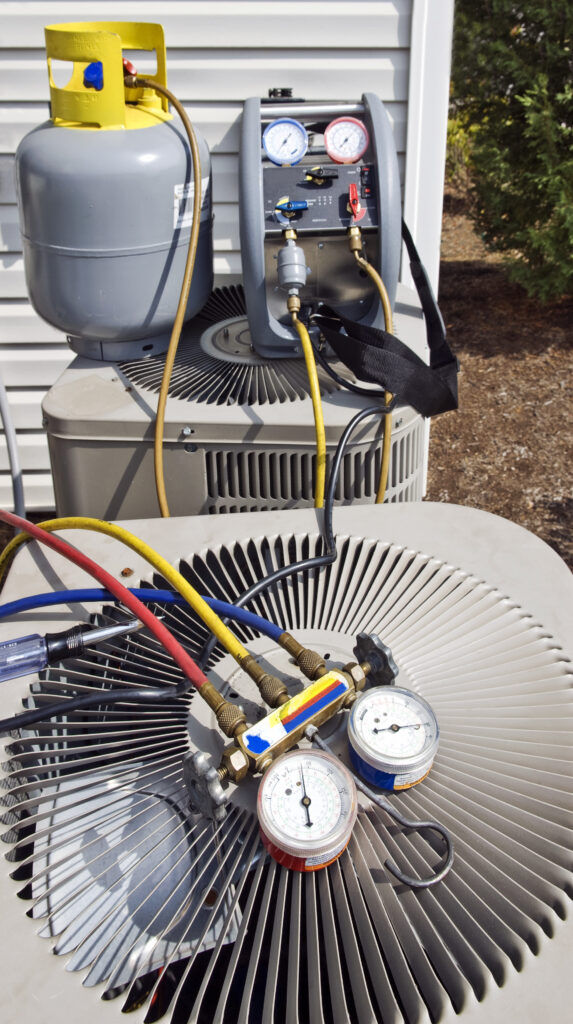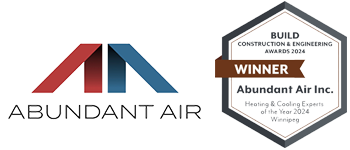Picking the Perfect HVAC Technician for Your Air Filtration Systems

Air filtration systems, designed to improve indoor air quality by removing contaminants and pollutants, play a pivotal role in maintaining a healthy and comfortable environment. The process of air filtration involves drawing air through filters made from varying materials that capture and hold airborne particles, such as dust, pollen, mold spores, bacteria, and viruses. The range of pollutants that an air filtration system can remove is extensive and directly correlates to the capabilities and specifications of the filter used. Typically, these systems are categorized by their efficiency, which is often measured by the Minimum Efficiency Reporting Value (MERV), a standard rating that evaluates the performance of air filters. Higher MERV ratings correspond to finer filtration, meaning more and smaller particles are captured by the material. In the sphere of residential and commercial spaces, High Efficiency Particulate Air (HEPA) filters are regarded for their proficiency in capturing at least 99.97% of particulates measuring 0.3 microns in diameter, a standard set by the U.S. Department of Energy. These HEPA filters are essential in environments that demand a high level of cleanliness, such as hospitals and laboratories, where they are instrumental in controlling the spread of airborne diseases and maintaining sterile conditions.
However, the effectiveness of air filtration systems is not determined by the filter alone; factors such as air flow rate, filter placement, and maintenance schedule are critical to their overall performance. Airflow rate, for instance, dictates how much air passes through the filter and can significantly influence the system’s ability to improve air quality. Proper placement of the system ensures that filtered air is distributed effectively throughout the space, avoiding areas of stagnant air that could foster the accumulation of pollutants. Routine maintenance, including regular filter changes, is paramount as clogged or dirty filters can restrict airflow and diminish filtration efficiency, sometimes even causing harm by releasing trapped contaminants back into the indoor environment. It is recommended that homeowners and facility managers adhere to the manufacturer’s guidance on maintenance intervals to ensure optimal functioning of their air filtration systems.
Air Filtration Systems in Winnipeg, R2V
In addition to filtering particulates, some air filtration systems are equipped with technologies to combat biological and chemical pollutants. Ultraviolet (UV) light filters, for example, incorporate UV lamps that irradiate the air passing through and are effective in neutralizing bacteria, viruses, and other microorganisms. Activated carbon filters excel in adsorbing odors, smoke, and chemical vapors, benefiting establishments with particular sensitivities to such pollutants. Recent developments in air filtration technology have also seen the introduction of photocatalytic oxidation (PCO), which uses a combination of UV light and a photocatalyst, typically titanium dioxide, to oxidize and degrade organic pollutants. These advanced technologies may be used in conjunction with traditional filtration materials to provide a comprehensive approach to improving indoor air quality.
With the increasing awareness of the importance of air quality, both for health and productivity, the demand for high-performing air filtration systems has surged. Indeed, the global air purifier market is projected to expand significantly, driven by rising pollution levels, the prevalence of airborne diseases, and heightened awareness regarding the deleterious health effects of poor indoor air quality. This is particularly evident in urban areas, where the concentration of pollutants is typically higher due to factors such as traffic emissions and industrial activity. Consequently, individuals living and working in these environments are turning to air filtration systems as a means to mitigate the impact of such pollutants on their health.
Air filtration is also a focus in the context of sustainability and energy efficiency within the built environment. Buildings that incorporate air filtration systems with high efficiency can often qualify for green-building certifications, such as LEED (Leadership in Energy and Environmental Design), contributing to the global effort to develop environmentally conscious, energy-efficient infrastructure. Furthermore, innovative designs that allow for reduced energy consumption by the air filtration systems themselves are making strides, substantiating their integration into eco-friendly building projects.
AC Repair & Maintenance
Whilst air filtration systems offer substantial benefits, the selection of an appropriate system necessitates a thorough analysis of the specific requirements of the space and its occupants. Factors to consider include the size of the area, the types of pollutants present, occupant sensitivities or health conditions, and the desired level of filtration. For instance, an industrial setting with gaseous pollutants may require a robust activated carbon-based system, while a residential home plagued by allergens may find a HEPA-based system more suitable. Consulting with HVAC professionals or air quality experts can provide invaluable guidance in determining the optimal setup to meet the needs of a particular environment.
In conclusion, air filtration systems represent an integral component of modern living and working spaces. These systems foster a cleaner, healthier indoor atmosphere by removing a broad spectrum of pollutants that can compromise respiratory health and overall well-being. Advances in filter technology continue to improve the efficacy of air filtration systems, making them more adept at handling a multitude of contaminants and adaptable to a variety of settings. With a discerning assessment of environmental needs and appropriate system selection and maintenance, individuals and businesses can greatly enhance the breathability of their indoor spaces, thus protecting health and boosting productivity. As concerns around air quality persist and escalate, it is likely that air filtration systems will remain a key focus of public health initiatives and a considered investment for those aiming to create and maintain optimal living and working conditions.
Elevate the air quality in your Winnipeg home, R2V, with Abundant Air Inc’s advanced air filtration systems. Our cutting-edge filtration solutions are engineered to effectively capture and remove dust, allergens, and other airborne impurities, ensuring a cleaner and healthier indoor environment for you and your loved ones. Whether you’re aiming to alleviate allergies or simply enhance your overall well-being, our experienced team will assist you in selecting the ideal air filtration system tailored to your unique requirements. Don’t settle for subpar air quality—contact Abundant Air Inc today to discover our comprehensive range of air filtration options and take the first step toward enjoying fresher, purer air in your home.
About Winnipeg
Winnipeg, Manitoba, with its postal code R2V, is a vibrant hub of culture, economic activity, and community spirit in Canada’s central region. As the capital city of Manitoba, Winnipeg serves not only as the administrative center but also as a melting pot of diversity, where the historic influences of Indigenous cultures and European settlers coalesce. Located at the confluence of the Red and Assiniboine Rivers, the city is often referred to as the “Gateway to the West,” highlighting its significant role in the development of Canada’s transportation and trade networks.
Winnipeg
The R2V area specifically is situated in the northern part of Winnipeg, encompassing neighborhoods such as Seven Oaks, Riverbend, and Garden City, each offering residents a unique blend of residential comfort, access to green spaces, and community-oriented living. Winnipeg’s R2V is characterized by its blend of residential housing, commercial enterprises, and educational institutions, creating a well-rounded area that caters to the needs of its diverse population.
Winnipeg’s economy thrives on a mix of traditional industries like manufacturing and agriculture, as well as emerging sectors such as information technology and aerospace. The city is also renowned for its arts scene, with the Royal Winnipeg Ballet, the Winnipeg Symphony Orchestra, and numerous galleries and theaters contributing to a rich cultural tapestry. Moreover, Winnipeg hosts a range of festivals throughout the year, including the celebrated Festival du Voyageur, which honors the city’s fur-trading history and Franco-Manitoban heritage.
In the realm of education, Winnipeg boasts several post-secondary institutions, including the University of Manitoba and Red River College, which draw students from across the globe, adding to the city’s energetic and educated workforce. The R2V area benefits from this educational excellence, offering its residents access to quality schooling and opportunities for lifelong learning. In essence, Winnipeg’s R2V is a snapshot of the city’s broader qualities: a community deeply rooted in collaboration, resilience, and a shared vision for a prosperous and inclusive future.

